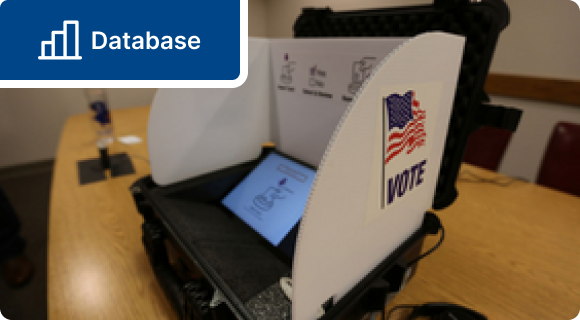
How Modern Election Systems Work
Election systems are complex and rely heavily on technology for efficiency and transparency. Here are some tech tips and insights into how election systems work:
Tip: EVMs store votes digitally and are often standalone systems to minimize hacking risks. Regularly conduct mock tests and audits before deployment.
How it Works: Votes are cast by selecting options on a touch screen or pressing buttons. The machine stores and counts votes electronically.
Tip: Ensure cybersecurity measures like encryption and two-factor authentication to protect voter data.
How it Works: Centralized databases verify voter eligibility and prevent duplication. Voter details can be updated or verified online in many systems.
Tip: Use secure biometric systems to prevent identity fraud but ensure privacy by encrypting sensitive data.
How it Works: Fingerprints, facial recognition, or iris scans verify voter identity before issuing ballots.
Tip: Use blockchain technology for secure, transparent online voting to reduce the risk of tampering.
How it Works: Blockchain records each vote as a transaction in a tamper-proof ledger, ensuring transparency.
Tip: Secure communication protocols like Virtual Private Networks (VPNs) should be used for transmitting results.
How it Works: Votes are transmitted from polling stations to central counting locations, often with encryption to protect data integrity.

Tip: Encourage the use of open-source election software to allow independent audits and reduce proprietary vulnerabilities.
How it Works: Open-source code enables public scrutiny, improving trust in the election process.
Tip: Implement voter-verifiable paper audit trails (VVPAT) to cross-check electronic results.
How it Works: VVPAT provides a physical receipt of the vote, which can be used in recounts or disputes.
Tip: Conduct regular penetration tests on election systems to identify vulnerabilities.
How it Works: Security teams simulate attacks to ensure systems are resilient against hacking attempts.
Tip: Use apps and dashboards to monitor election progress in real-time.
How it Works: Data from polling stations is aggregated and visualized for election officials and the public.


















